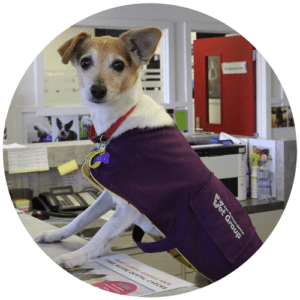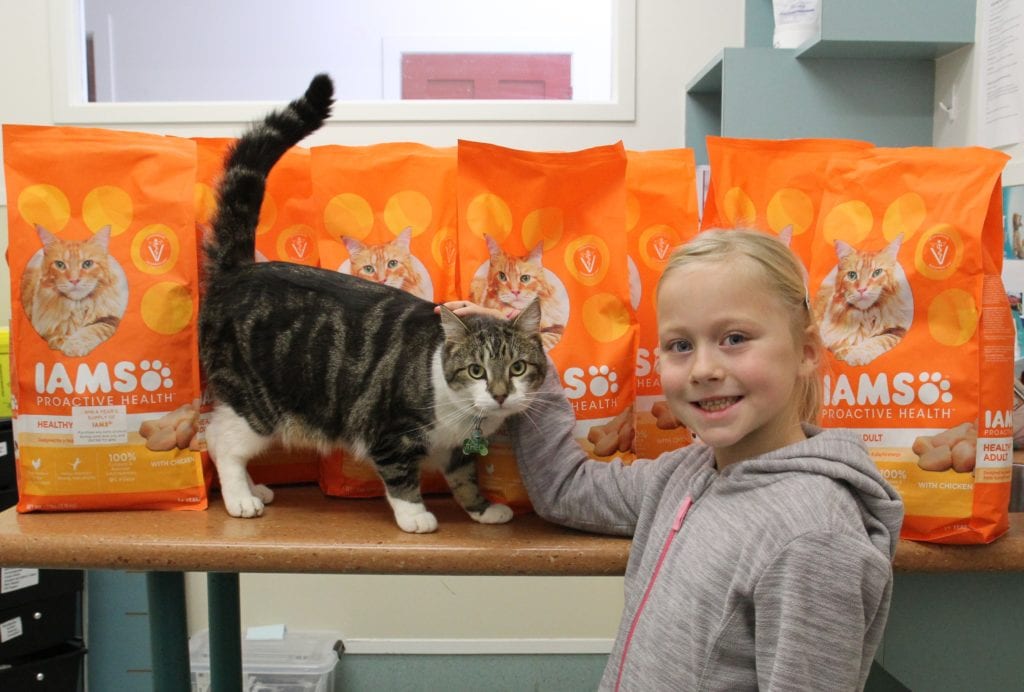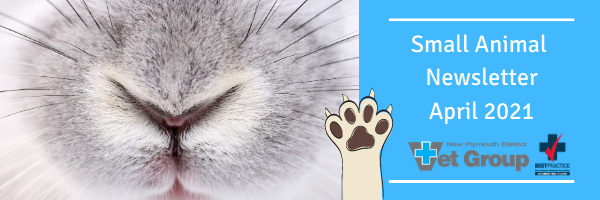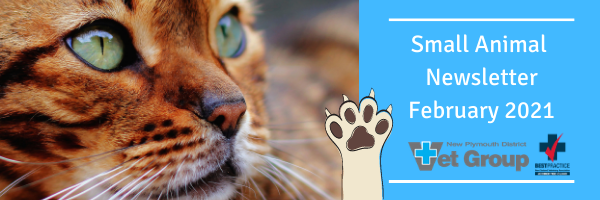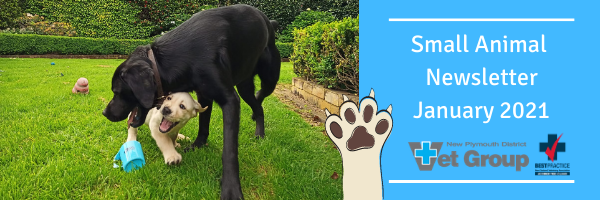We now offer Low Level Laser Therapy (LLLT also known as Photobiomodulation) Recently, we started offering…
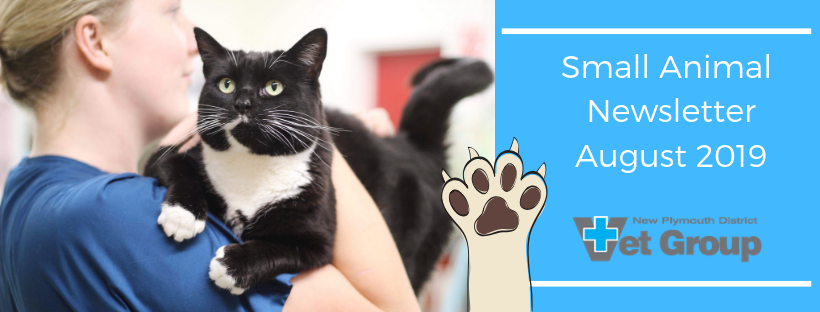
Small Animal Newsletter August 2019
5 stress-free tips
when bringing your cat to the vet
1. Visit regularly for preventative nurse check-ups – A trip to see us doesn’t always have to be about getting injections! In addition to annual vaccinations, your cat will also benefit from a free dental check, a weigh-in or for older cats, an overall health check by our nurses. Reward your cat with treats and positive attention when you get home.
– A trip to see us doesn’t always have to be about getting injections! In addition to annual vaccinations, your cat will also benefit from a free dental check, a weigh-in or for older cats, an overall health check by our nurses. Reward your cat with treats and positive attention when you get home.
2. Choose the right cat carrier – If your cat is particularly stressed, a top-loading carrier means we can perform some of our examination on your cat whilst they remain in their carrier. Don’t tip your cat out of the cage – allow them to walk out by themselves or remove them gently from the carrier.
3. Practice at home – Include your cat’s carry cage as part of your household furniture in a spare room or in the laundry. Leave the cage door open so your cat can investigate it or even play in it allowing him/her to develop a positive association with the cage.
4. Create a safe place – Feeding your cat meals and treats in his/her carrier creates a positive association and reduces anxiety associated with the cage. Put your cat’s favourite bed in the cage to create a safe and familiar environment for your cat. In the car, drape a blanket or towel over the carrier to reduce motion sickness and help your cat feel safe.
5. Smells
For more information about Feliway talk to staff or visit their website here.
 Indy’s Chemotherapy Journey
Indy’s Chemotherapy Journey
Indy has a remarkable story. Recently adopted by one of our nurses Kate, her owner’s circumstances had changed and they were no longer able to keep her. Kate took her on and this story is about how a little old dogs gets a new chance at life.
Indy is a 12-year-old Fox Terrier who presented to the clinic urinating small amounts frequently. Indy was urinating so often that it was hard for us to ultrasound her bladder because it was always empty. All symptoms pointed to a bladder infection, or cystitis, so Indy was placed on antibiotics and anti-inflammatory. After two weeks, Indy wasn’t showing signs of improvement, so we knew we had to investigate further.
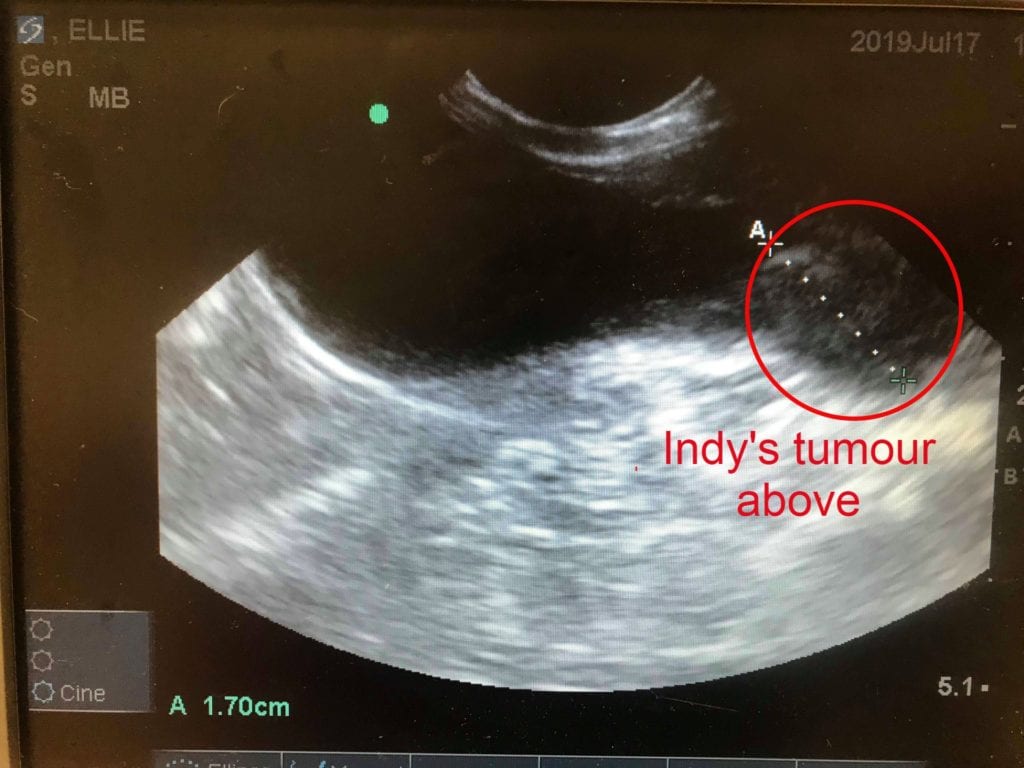
Indy was brought into the clinic for the day and kept in her cage until her bladder was full enough to ultrasound. On ultrasound, we could see a growth in the neck of her bladder at the start of her urethra (the tube which takes urine from the bladder to the outside of the body). Indy was then given a general anaesthetic, and a catheter was inserted into her urethra and up into her bladder. A sample of the lump was obtained by using the ‘traumatic catheterisation’ technique, where the catheter is used to scrape/suck cells off the growth. The sample was then sent to the laboratory. Unfortunately, our suspicions were confirmed. The growth was a malignant transitional cell carcinoma.
Due to the tumour being in the neck of the bladder, surgery wasn’t an option. Our two options were trying an anti-inflammatory and/or chemotherapy. In some dogs, a certain type of anti-inflammatory and chemotherapy can help slow the growth of the tumour, or in some cases even shrink the tumour.
For Indy’s chemotherapy, she has a blood test beforehand to make sure her body can cope with having the treatment.
A catheter is then placed into a vein in her front leg and saline ran through a drip to make sure there is no fluid leaking around the vein.

For Indy’s type of bladder tumour, she has to come in once a week for four weeks then has a break week off, then starts again. We will continue to ultrasound Indy’s bladder to monitor the size of the tumour. She is an absolute sweetheart of a dog and some ‘frequent flyers’ at the clinic will have noticed Indy behind reception ‘helping’ out the team. She happily sits on her bed, watching all the people and animals come and go.
Thanks to Kate for sharing her dog’s story with us. We will keep you updated on Indy’s journey in the next few newsletters.
Feeding your parrot

The easiest way to feed a balanced diet is to use the pelleted or crumbled prepared foods that are now available. These are foods designed to contain all the vitamins and minerals your bird needs. Your bird is also less likely to become obese if you are using them. Introducing birds to these diets must be done carefully as it takes a while for some birds to recognise them as food. If you cannot use these diets then you should try to feed no more than 50% of the diet as seed.
Try to get your bird to eat plenty of fresh vegetables and fruits.
- Green leafy vegetables are good sources of Vitamin A, which is particularly lacking in seeds.
- Frozen vegetables are not as good as fresh ones but can be useful if you are too busy to prepare fresh food.
- The only fresh foods to avoid are rhubarb and avocado, which are both potentially toxic.
- Lettuce has a very high water content and doesn’t have much nutritional value.
- Overfeeding with cauliflower and broccoli can bind up the iodine in a bird’s body causing goitre.
 Also, some foods can be used as entertainment – corn on the cob, peanuts in shell etc. Most human foods (such as cereals, pasta and cheese) can be fed in moderation. You can make special treats for your bird such as fruitcakes and muffins.
Also, some foods can be used as entertainment – corn on the cob, peanuts in shell etc. Most human foods (such as cereals, pasta and cheese) can be fed in moderation. You can make special treats for your bird such as fruitcakes and muffins.Do not give your birds salty foods, fatty foods, chocolate or alcohol. The birds have a much smaller body mass than we do and these foods can be toxic to them even in small amounts. Parrots should also have access to clean fresh water which is changed daily.
House-training dogs and puppies

It can be quite normal for a puppy to take many months to be fully house trained.
Consistency is key:
- Take your puppy to the toilet on the hours every hour
- Take your puppy out to the toilet after they have finished doing ANYTHING – after finishing sleeping, eating, drinking, playing. Puppies usually urinate within 30 seconds of waking up from a nap and defaecate within a couple of minutes of that.
- Take your puppy out to the toilet if they sniff, circle around or go to the door.
- Take your puppy out to the toilet whenever they get excited e.g. when visitors arrive
Always lead the puppy outside (don’t carry them). Sometimes running them to the door can help prevent accidents on the way.
- Go outside with your dog – even in the rain, wind or the dark and cold!
- Stand quietly and wait patiently for 3 minutes (be boring). Most puppies will urinate within 2 minutes.
- If they go > Reward – Give 3 small yummy treats and lots of praise or a game, it should be a party of positivity!
- If they don’t go > return inside quietly, no fuss. Try again in half an hour but to avoid accidents over this time you need to monitor body language closely for any sniffing, circling etc (or if crate training then return them to the crate).
Accidents happen!!
If your puppy has an accident, then clean it up and move on. Telling your dog off will only make them anxious and may make them harder to train. Clean the area really well and with an enzymatic cleaner to get rid of any residual smells that will attract them back to that spot. We recommend Odarid – which is a Pet Stain and Odour remover so great for cleaning up urine and getting rid of awful smells.
Key tips
- Take them to the same toileting area every time, this could be one spot on the lawn so that they build up a strong association with the location.
- Praise them for going to the door to “tell you” they need to go outside
- Leaving the door open is a common habit that many owners fall into especially in the warmer months but it can slow down learning.
- When your puppy is fully vaccinated and going out for walks, take them to their normal toileting area at home first and reward them with a walk after they have toileted. Many owners fall into the trap of walking their dogs until they toilet and then they go home but this only teaches the dog not to toilet on a walk as it means the end of a walk.

When you are waiting outside for your dog to toilet watch them carefully and as soon as they begin going say the cue word you want to use e.g “toilet”, “do your business”
Reward once they have finished, not while still toileting (3 treats and a party of positivity)
After about 15 repetitions of this, you can start to use the cue word as a prompt to encourage them to go.
If your puppy is having lots of accidents, toileting very frequently or drinking lots of water then book an appointment with one of our vets to check for any medical conditions which could be the cause of the accidents.
References and credit to:
Dogs Trust UK, Kiddie J (n.d) House training your dog. Retrieved from https://www.dogstrustdogsschool.org.uk/training/i-want-to-train-my-dog/house-training
Dunbar I. (2001). Before you get your puppy. Retrieved from https://www.dogstardaily.com/files/downloads/BEFORE you get your puppy.pdf
Iams Winner
Here are our last month competition winners ‘Theo’ and Charlotte collecting his year’s supply of Iams. This was one of the promotions we ran where any purchase of Iams Cat or Dog put you into the draw to win a year’s supply.
Big thanks to Mars NZ who sponsored this promotion and for supplying such a wonderful prize. We have already had reports ‘Theo’ is enjoying his freebies!
Staff Showcase
Dr Rob O’Connor – Veterinarian

Our Instagram Superstar
We had this gorgeous black fluffy cat called Missy to come to visit us this month. Look at those beautiful eyes.
Have you checked out our Instagram page yet? Updated daily – Meet our pet visitors and patients! Click here!

